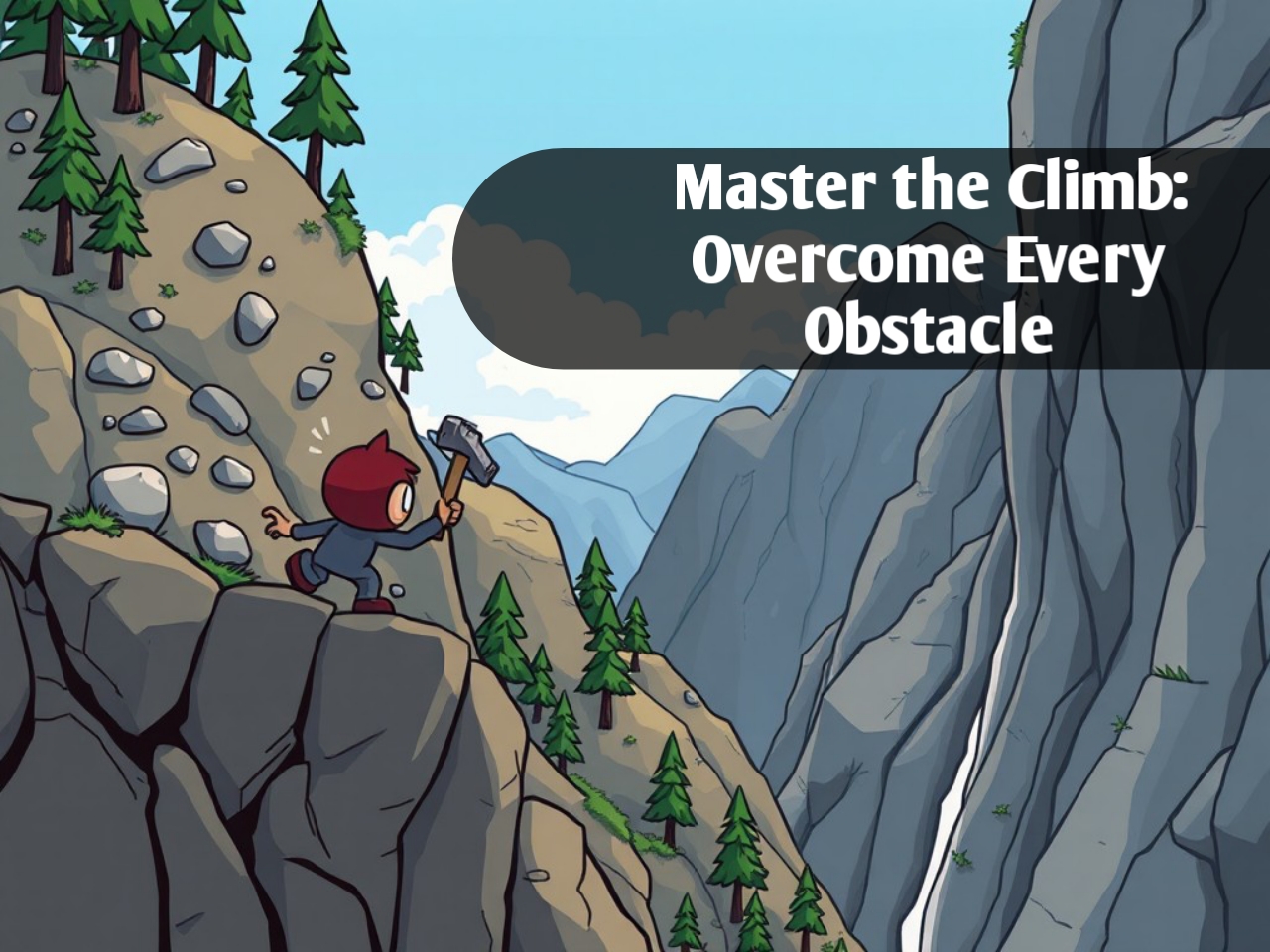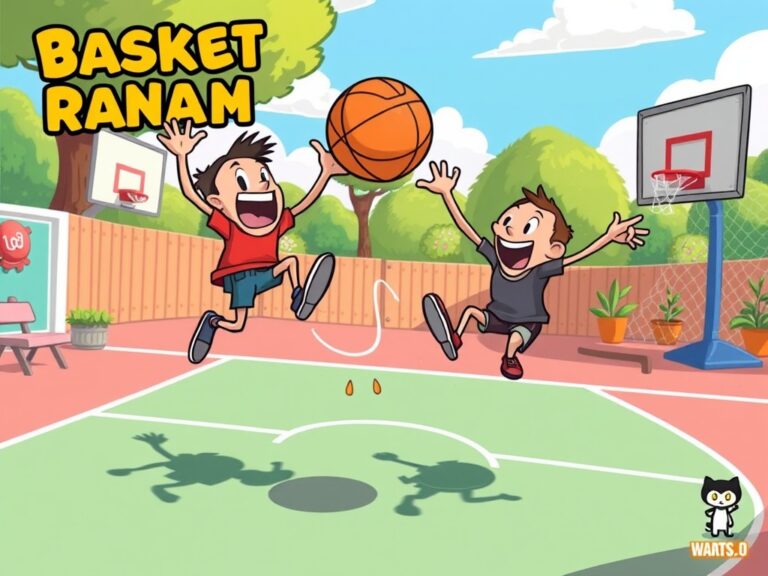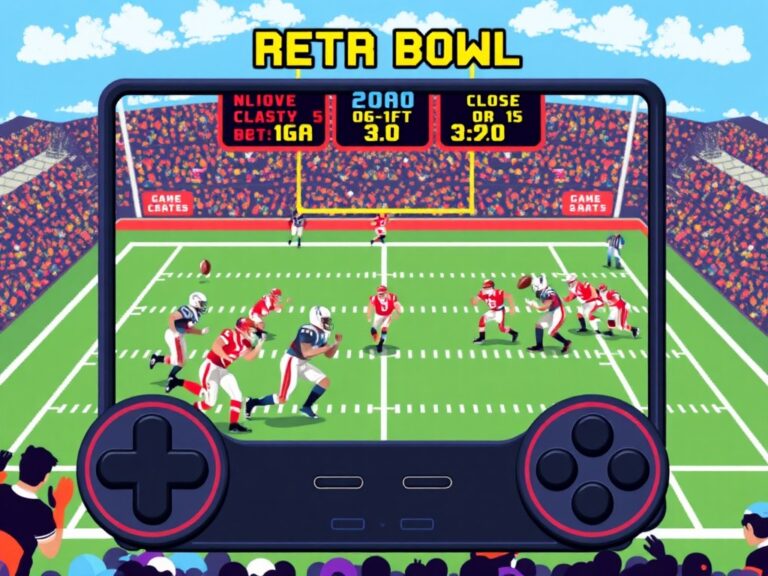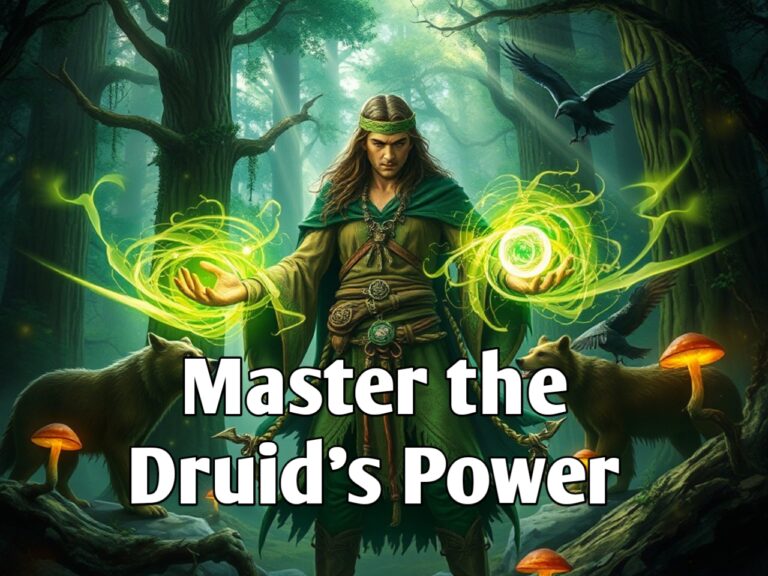The Ultimate Getting Over It Scratch Walkthrough for Beginners
Getting Over It Scratch is a unique and challenging game that has captivated players with its simple yet frustrating gameplay. Inspired by the original game “Getting Over It with Bennett Foddy,” this Scratch version follows the same core mechanics, offering players a test of their patience, precision, and perseverance. In this detailed guide, we’ll explore every aspect of the game, offering beginner-friendly tips and strategies to help you conquer each obstacle and reach the top.
What is Getting Over It Scratch?
At its core, Getting Over It Scratch is a physics-based platformer where players control a character attempting to scale a mountain using a hammer. Unlike traditional games, where progress is often saved or mistakes can be reversed, Getting Over It punishes failure with severe consequences. A single wrong move can send your character tumbling back to the beginning of the game, testing your emotional fortitude.
The Scratch version is a community-created adaptation of the original game using Scratch, a beginner-friendly coding platform. It preserves the main challenge of the original while offering a simplified aesthetic, making it an excellent way for players to experience the gameplay and mechanics without the more detailed graphics.
Understanding the Controls and Mechanics
Before diving into strategies, it’s important to understand the basic mechanics that make Getting Over It Scratch such a tricky game. The controls are deceptively simple, yet they require a high level of precision to master.
- Mouse/Trackpad Movement: The entire game is controlled using a mouse or trackpad. Moving the mouse moves the hammer, and you use the hammer to push or pull the character up obstacles.
- Swinging the Hammer: The key to success in the game is learning to swing the hammer accurately. You can either push against surfaces to propel yourself upwards or hook the hammer onto ledges to pull yourself up.
- Momentum and Physics: The game’s physics engine is unforgiving. Small, controlled movements are often more effective than large swings. Momentum plays a big role in whether you ascend or accidentally knock yourself backward.
Patience and precision are the names of the game. As a beginner, it’s normal to spend hours just getting the hang of the controls, but persistence will pay off.
Why Is Getting Over It Scratch So Difficult?
Many players find Getting Over It Scratch to be one of the most challenging games they’ve ever played. But why is that? Let’s break down the elements that contribute to its difficulty:
- Lack of Checkpoints: Unlike many other platformers, there are no checkpoints in Getting Over It. If you fall, you don’t get to restart from a convenient location. Instead, you’re sent plummeting down to a previous section, sometimes all the way to the beginning.
- Precision-Based Gameplay: Success in the game hinges on your ability to execute highly precise movements. Swinging the hammer with too much force, or not enough, can lead to catastrophic results.
- Emotional Challenge: The game is designed to test your mental toughness. It can be frustrating to see hours of progress erased in a second, and staying calm under pressure is crucial to success.
- Non-Linear Progression: The mountain you’re climbing isn’t a simple upward journey. There are sections where you must go sideways or even down to make progress, which feels counterintuitive and adds to the challenge.
Early Game Strategy: Getting Past the First Few Obstacles
The first part of Getting Over It Scratch is deceptively easy. You’ll face simple obstacles like rocks and trees that don’t seem too daunting. However, these beginner sections are designed to teach you the basic mechanics that will become vital later on.
- Use Short, Controlled Movements: At the start of the game, it’s easy to get impatient and attempt large swings of the hammer. This usually leads to mistakes. Instead, focus on making small, deliberate movements.
- Learn to Hook the Hammer: One of the most important techniques in the game is learning to hook the hammer onto ledges and pull yourself up. Practicing this technique early will make later sections much easier.
- Mastering Angles: The direction you move the hammer determines the angle at which you push or pull. Spend time learning how to maneuver at different angles, as this skill will be essential for navigating tighter spaces.
The Mid-Game: Overcoming More Complex Obstacles
Once you get past the initial hurdles, Getting Over It Scratch introduces more complex structures designed to test your control and patience. This section of the game is where most beginners tend to struggle.
- The Vertical Climb: One of the most challenging parts of the game involves scaling vertical walls using nothing but your hammer. To tackle these sections, you’ll need to master swinging in small, controlled arcs to gain height.
- Avoid Rushing: Many players make the mistake of trying to rush through these difficult sections, leading to unnecessary falls. The game punishes speed and rewards careful planning.
- Recovering from Mistakes: Mistakes are inevitable, especially in the mid-game. The key is learning to recover quickly and not letting a small slip turn into a huge fall. Practice catching yourself mid-fall by quickly repositioning the hammer.
Advanced Techniques: Mastering the Hammer
By the time you’ve reached the later stages of the game, you should have a good handle on the basic mechanics. Now it’s time to incorporate advanced strategies that will help you overcome the toughest parts of Getting Over It Scratch.
- Boosting with Momentum: One of the trickiest yet most useful techniques in the game is using momentum to your advantage. By quickly swinging the hammer and pushing off surfaces, you can launch yourself over obstacles. This technique is essential for getting past large gaps or reaching high ledges.
- Using Leverage: Sometimes, it’s easier to use the hammer as a lever rather than a tool for pushing or pulling. By wedging the hammer between two surfaces, you can slowly inch your way upward without risking a fall.
- Swing and Jump: There are sections in the game where you’ll need to combine a swing and jump motion to get over particularly tall obstacles. This requires careful timing and precision but is one of the most efficient ways to overcome difficult sections.
Dealing with Frustration and Staying Motivated
Getting Over It Scratch isn’t just about mastering the mechanics; it’s also about managing your frustration. The game is designed to test your patience, and it’s easy to feel discouraged after multiple failures.
- Take Breaks: One of the best ways to avoid frustration is to take regular breaks. Stepping away from the game allows you to clear your head and come back with a fresh perspective.
- Focus on Small Wins: Instead of concentrating on how far you have left to go, celebrate small victories. Every time you make it past a difficult section, take a moment to recognize your progress.
- Embrace Failure: The beauty of Getting Over It Scratch lies in its difficulty. Every failure is an opportunity to learn and improve. Don’t be discouraged by setbacks; they are a natural part of the learning process.
Tips from the Pros: How Experts Beat Getting Over It Scratch
Watching expert players tackle Getting Over It Scratch can provide valuable insight into how to improve your own gameplay. Here are some tips commonly shared by top players:
- Consistency is Key: Instead of focusing on speed, work on being consistent with your movements. Even the best players make mistakes, but they are consistent enough to recover quickly.
- Learn to Read the Terrain: Experts don’t just react to the environment; they anticipate it. By studying the terrain and understanding how the hammer will interact with different surfaces, you can plan your movements more effectively.
- Practice Patience: One of the most repeated pieces of advice is to stay patient. No matter how skilled you are, impatience often leads to failure. Take your time, especially in tricky sections.
Common Mistakes to Avoid in Getting Over It Scratch
Many beginners fall into the same traps when playing Getting Over It Scratch. Here are some common mistakes and how to avoid them:
- Overcompensating Movements: One of the biggest mistakes is making large, exaggerated movements with the hammer. While it may seem like a good way to quickly scale obstacles, it often leads to losing control and falling.
- Not Using the Hammer to Catch Yourself: When falling, many players forget to use the hammer to catch themselves. With quick reflexes, you can prevent a large fall by hooking the hammer onto a nearby surface.
- Skipping Practice on Easy Sections: Some players rush through the easier sections, thinking they don’t need practice. However, these early obstacles are the perfect place to refine your control and precision.
Why You Should Keep Playing: The Reward of Success
While Getting Over It Scratch can feel overwhelmingly difficult at times, the reward of reaching the top is unmatched. The game offers no shortcuts, and every inch of progress is earned through skill and perseverance. By pushing through the frustration, players can experience a sense of achievement that few other games provide.
Moreover, the skills you develop while playing – patience, precision, and persistence – can be applied to other areas of life. Getting Over It teaches players that setbacks are just part of the journey, and success is achievable with enough effort.
Conclusion: Conquering Getting Over It Scratch
Getting Over It Scratch is a game that pushes players to their limits, both mentally and physically. Its simple mechanics mask a deeply challenging experience that requires mastery of precision-based gameplay. As a beginner, it’s easy to get frustrated, but with patience and practice, you’ll gradually improve and make progress.
By following the strategies outlined in this guide, you’ll have a solid foundation to start your journey up the mountain. Remember, every failure is a step closer to success, and with enough persistence, you can overcome the seemingly impossible obstacles in Getting Over It Scratch. Good luck!
Read Also Our This Post: Sven Coop Game Icons Banners







